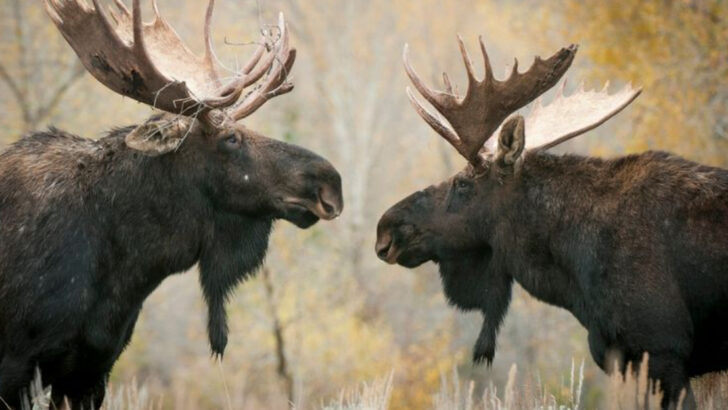Vermont is a wildlife lover’s dream come true. From mist-covered mountains to crystal-clear lakes, this state is brimming with creatures that make the great outdoors come alive.
Whether you’re wandering through dense forests or exploring tranquil meadows, Vermont offers a treasure trove of animal sightings, each one more captivating than the last. From the graceful white-tailed deer to the striking bald eagle soaring overhead, every corner of the state teems with life.
This list brings you 24 wildlife wonders that might cross your path while exploring Vermont’s wild heart. So grab your gear, step into nature, and prepare for unforgettable encounters with creatures that call this lush state home. The adventure of a lifetime is just waiting to unfold!
Eastern Coyote
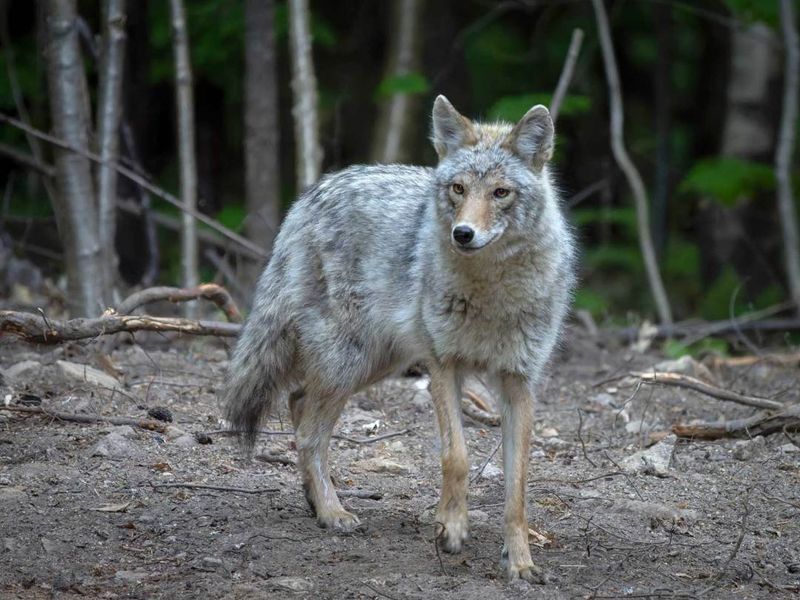
The Eastern Coyote, larger than its western counterparts, roams the Vermont wilderness with an air of intrigue. You might encounter one during a quiet evening hike when the forest is still. With its thick fur and keen eyes, this adaptable predator blends seamlessly into the surroundings.
It’s not uncommon to hear its haunting calls echo through the woods at dusk. These vocalizations, a mix of yips and howls, are a distinctive soundscape of Vermont’s natural environment.
They play a crucial role in communicating within their packs. Observing these creatures offers a glimpse into the complex dynamics of wildlife communities.
White-tailed Deer
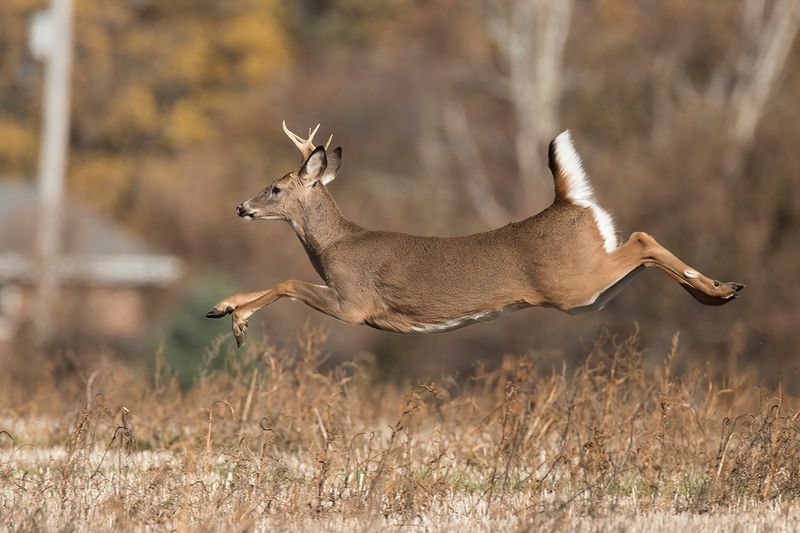
White-tailed Deer are a common sight in Vermont, gracefully navigating through meadows and forests. Their large, expressive eyes and distinctive tails make them easily recognizable. Early mornings are the best time to spot these deer, feeding on grasses and shrubs.
In winter, they often form small groups for warmth and protection. Observers may notice their coats changing with the seasons, from reddish-brown in summer to a grayish hue in winter.
This seasonal adaptation helps them blend into their environment, providing a natural camouflage against predators. Enjoying their presence is a serene experience for nature lovers.
Moose
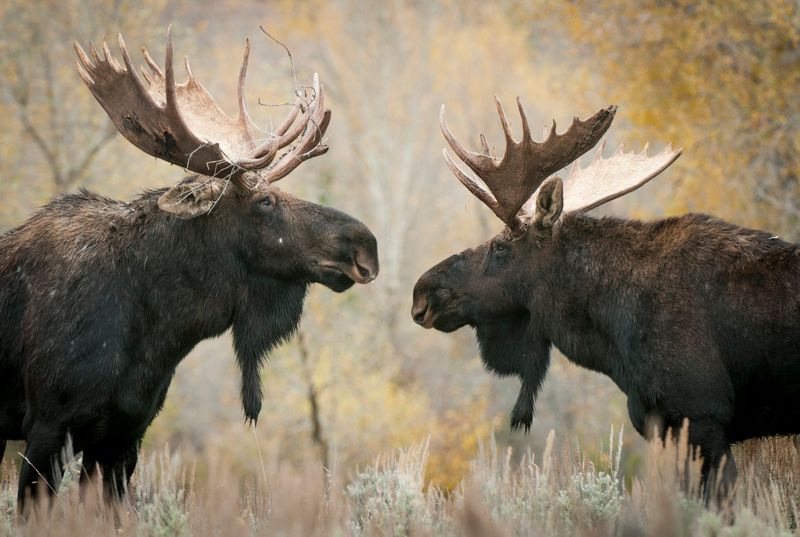
The majestic Moose, towering and powerful, is one of Vermont’s most iconic wild animals. Often found in the state’s swampy areas, these gentle giants are a thrilling sight. Early mornings or late afternoons are prime times for a chance encounter.
Despite their size, moose are surprisingly elusive, blending into their surroundings with ease. They feed on aquatic plants, which provide essential nutrients.
Watching a moose in its natural habitat is a reminder of the grandeur of Vermont’s wilderness, showcasing its rich biodiversity and the importance of conservation efforts to protect such incredible species.
Peregrine Falcon
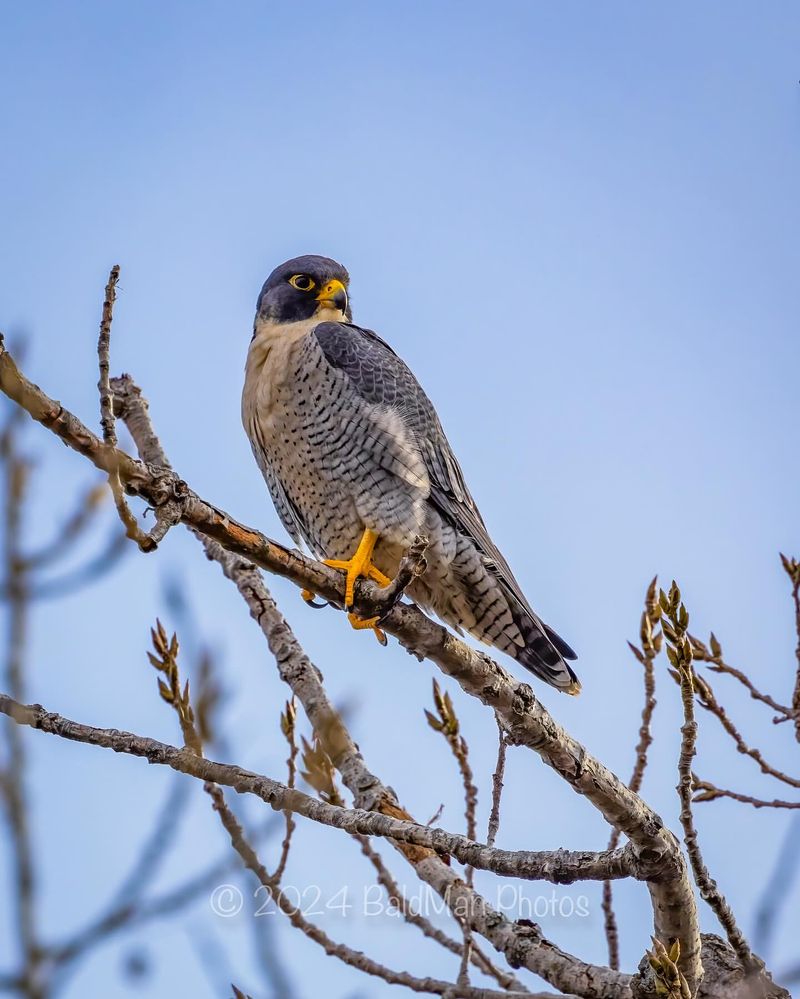
The Peregrine Falcon, known for its incredible speed, can often be seen soaring above Vermont’s mountains. Its sleek body and sharp talons make it a master of the skies. Look up to see its distinctive silhouette against the blue sky.
These birds of prey are remarkable hunters, diving at speeds over 200 mph to catch their prey. Conservation efforts have helped their populations recover, and Vermont is now a sanctuary for these magnificent falcons.
Observing a Peregrine in action is a thrilling experience, a testament to the resilience and adaptability of nature’s wonders.
Beaver
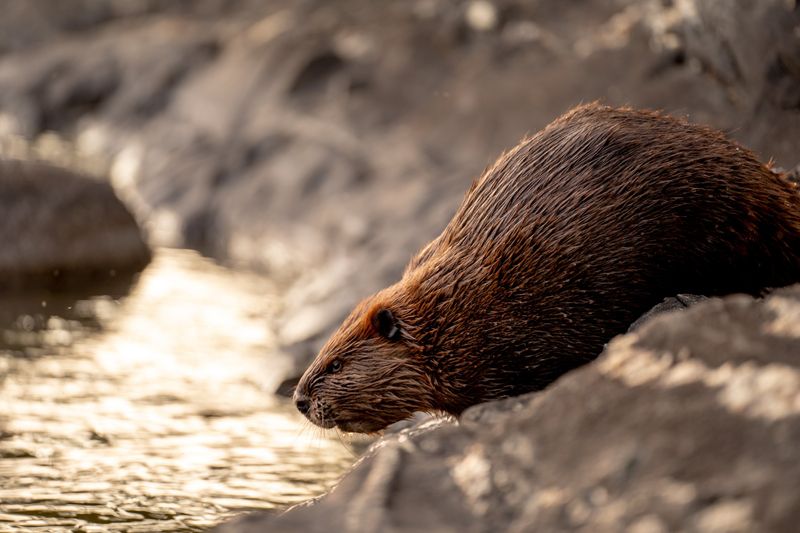
Beavers, nature’s skilled architects, are a fascinating sight in Vermont. You might find them diligently building dams along rivers and streams, their large, flat tails aiding in construction. These industrious creatures create wetlands that benefit countless species.
Their lodges, built from sticks and mud, serve as safe havens from predators. Beavers are mostly active at dawn and dusk, making these times ideal for observation.
Watching them work is a captivating experience, showcasing their role in shaping the ecosystem. Their presence reflects the interconnectedness of wildlife, highlighting the importance of preserving natural habitats.
Bald Eagle
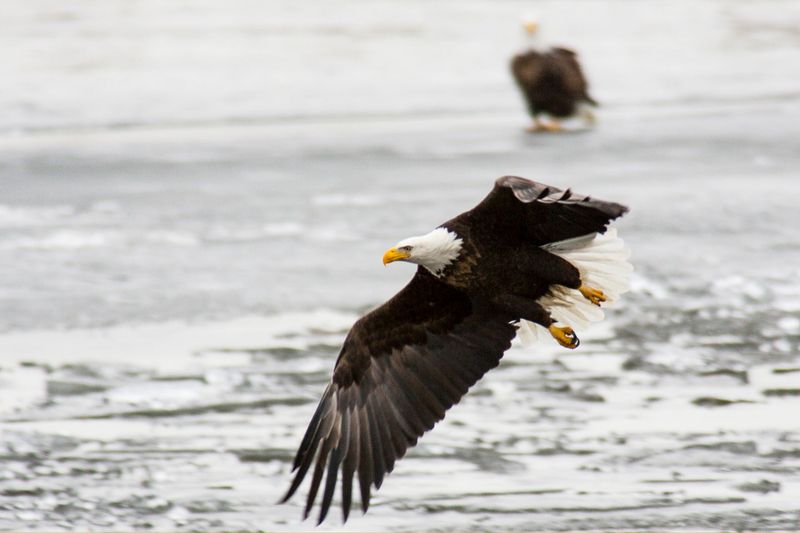
The Bald Eagle, symbol of strength and freedom, graces Vermont’s skies with its majestic presence. Seen soaring near large bodies of water like Lake Champlain, these birds are a sight to behold. Their striking white head and tail feathers are unmistakable.
Primarily fish eaters, Bald Eagles are often observed gliding effortlessly, searching for prey. Their nests, built high in trees, are among the largest of any bird.
Watching a Bald Eagle in action provides a thrilling glimpse into the power and grace of these raptors. They are a testament to successful conservation efforts, symbolizing hope for endangered species.
Red Fox
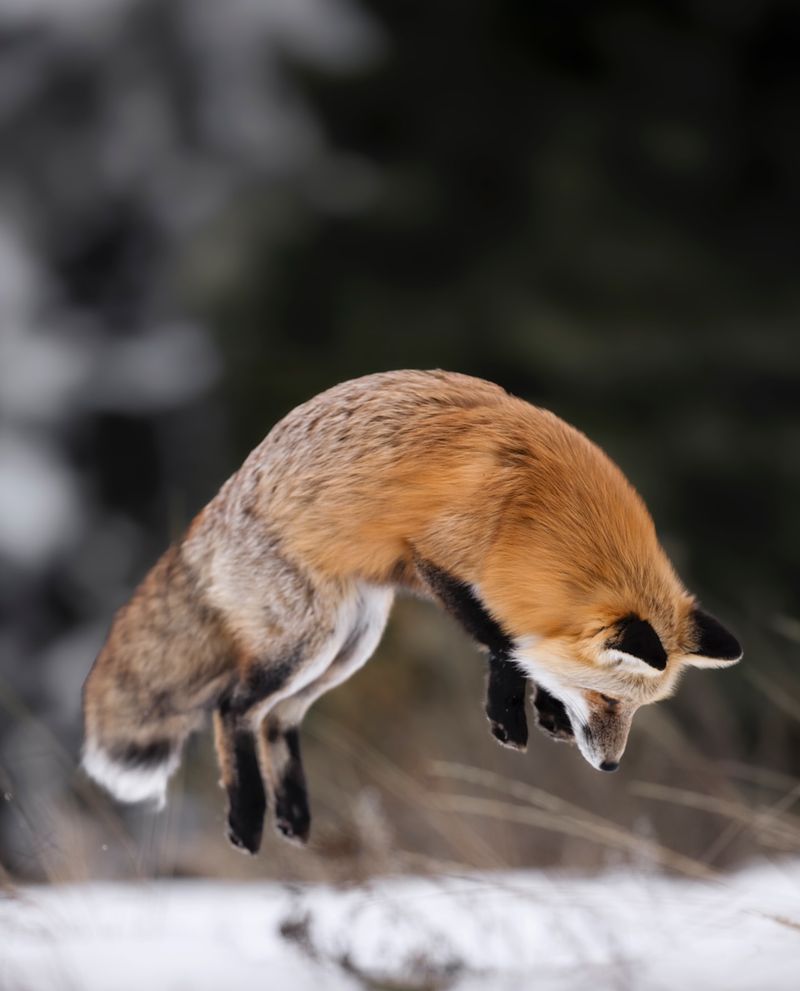
The Red Fox, with its vibrant fur and bushy tail, is a charming resident of Vermont’s landscapes. Often seen at dawn or dusk, these clever creatures are skilled hunters. Their diet includes small mammals, birds, and insects, making them essential for controlling pest populations.
In winter, their fur becomes thicker, providing warmth against the cold. Observing a Red Fox can be a delightful experience, as they exhibit playful behavior.
Whether stealthily moving through snowy fields or playfully pouncing, these foxes are a joy to watch, reminding us of the beauty and complexity of the natural world.
Black Bear
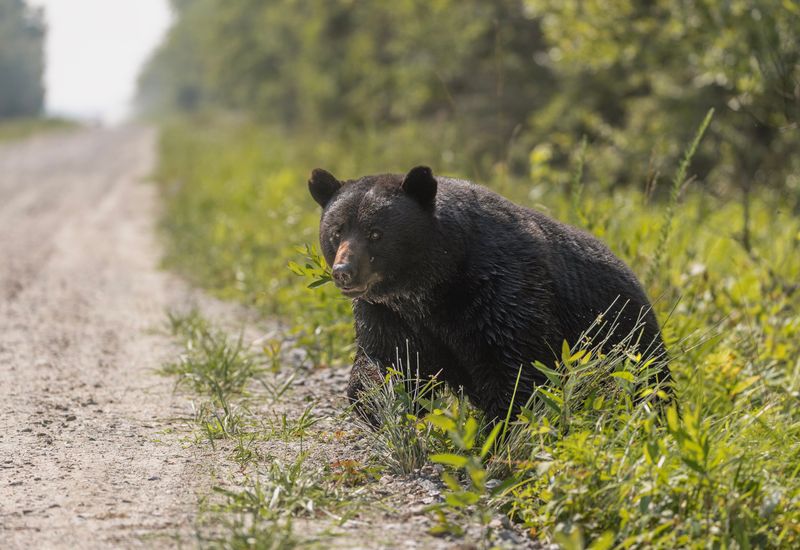
Black Bears are a captivating presence in Vermont’s forests, often seen foraging for berries and nuts. These powerful animals are most active in spring and fall. Witnessing a black bear in the wild is an unforgettable experience, a reminder of nature’s raw beauty.
Despite their size, black bears are shy and usually avoid humans. They play a crucial role in the ecosystem, dispersing seeds and maintaining forest health.
Observing these bears from a safe distance offers insight into their behavior and importance. A glimpse of these magnificent creatures deepens our appreciation for Vermont’s wildlife diversity.
Great Blue Heron
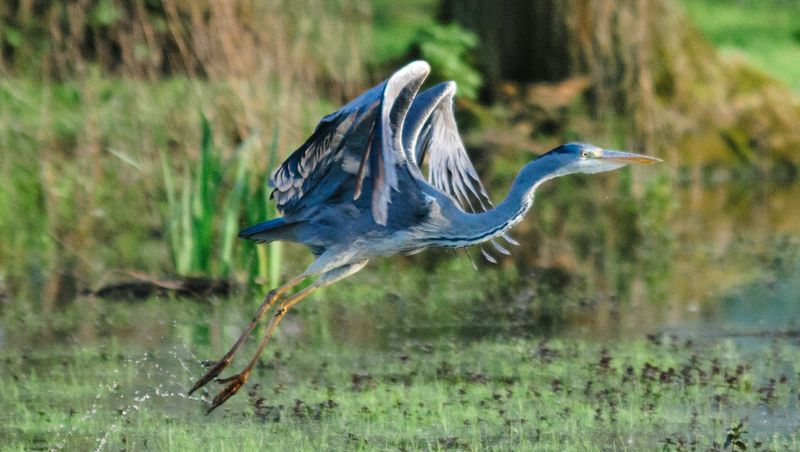
The Great Blue Heron, with its long neck and legs, is a striking figure in Vermont’s wetlands. These solitary hunters are often seen wading through shallow waters, searching for fish and amphibians. Their patience and precision are admirable traits.
With a wingspan of up to six feet, they are a majestic sight in flight. Observing a Great Blue Heron gracefully move through its habitat is a serene experience.
These birds remind us of the delicate balance of wetland ecosystems and the importance of preserving such environments for future generations to enjoy. Their presence is a symbol of ecological health.
Snowshoe Hare
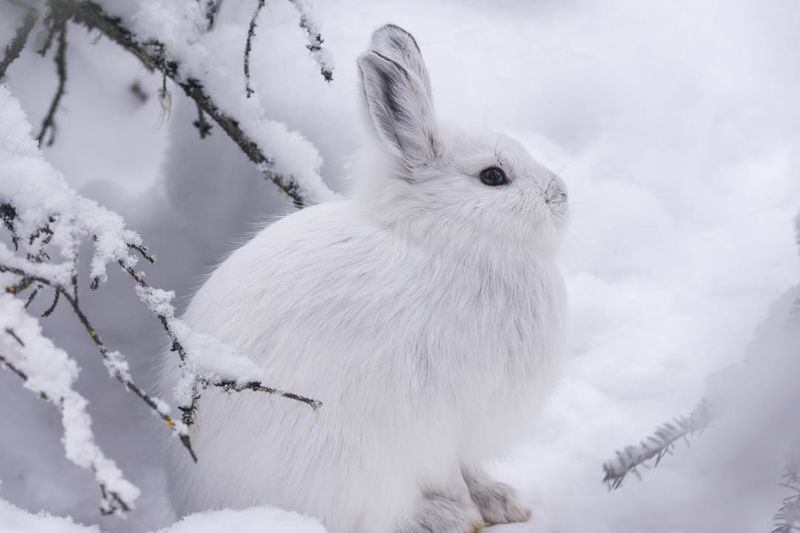
The Snowshoe Hare, named for its large, furry feet, is a master of camouflage in Vermont’s snowy landscapes. In winter, their fur turns white, blending perfectly with the snow. This seasonal change helps protect them from predators like foxes and owls.
During the warmer months, their fur reverts to a brown hue, matching the forest floor. These hares are mainly active at night, making dawn and dusk prime times for sightings.
Observing a Snowshoe Hare’s quick movements and alert behavior offers a fascinating look at adaptation and survival in the wild, showcasing nature’s ingenuity.
Painted Turtle
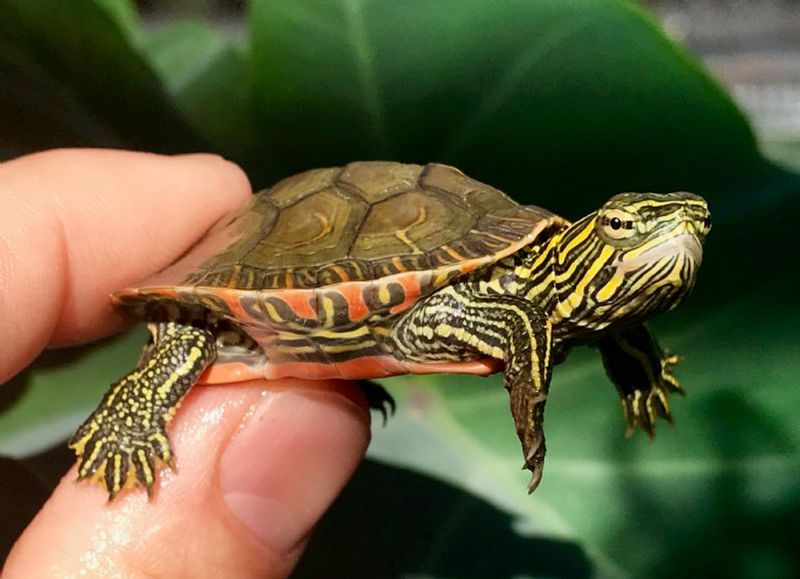
Painted Turtles are a delightful discovery in Vermont’s ponds and wetlands. Their vibrant, colorful markings make them easily identifiable. Often seen basking on logs, they soak up the sun’s warmth, essential for their metabolism.
These turtles are a key part of the aquatic ecosystem, feeding on insects, plants, and small fish. Observing them offers a glimpse into the rich biodiversity of Vermont’s water bodies.
By protecting their habitats, we ensure these charming creatures continue to thrive. Their presence is a reminder of the interconnectedness of all living things, emphasizing the need for conservation efforts.
Osprey
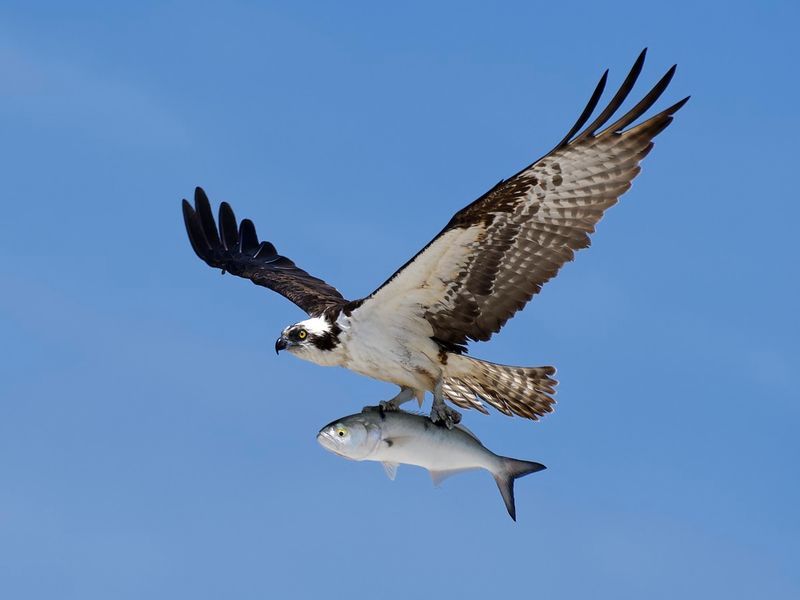
Ospreys, with their distinct M-shaped flight pattern, are fascinating birds of prey found in Vermont. Often seen near lakes and rivers, they are expert fishers. Watching an Osprey hover and then dive dramatically to catch a fish is an exhilarating sight.
These birds build large nests, often on platforms or tall trees near water. Ospreys play a vital role in the ecosystem, controlling fish populations and indicating water health.
Observing them not only provides excitement but also a deeper understanding of avian life. Their presence highlights the importance of maintaining clean and healthy aquatic habitats.
Common Loon
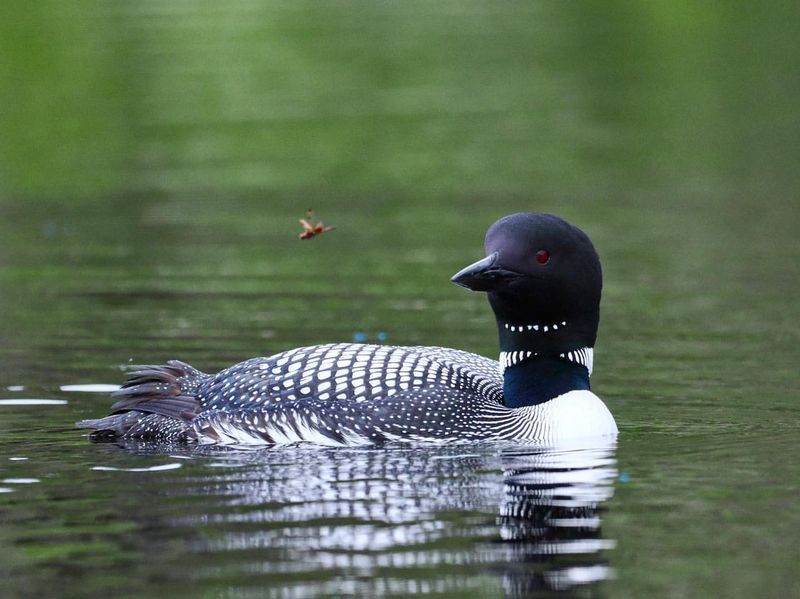
The haunting calls of the Common Loon echo across Vermont’s lakes, adding to the serene ambiance. Known for their striking black-and-white plumage and red eyes, loons are skilled divers, often plunging deep to catch fish.
They are a symbol of wilderness and are best observed early in the morning or late in the evening. Protecting their habitats ensures these iconic birds continue to thrive.
The presence of loons enriches Vermont’s natural beauty, reminding us of the tranquility that nature offers and the necessity of preserving such pristine environments for future generations.
River Otter
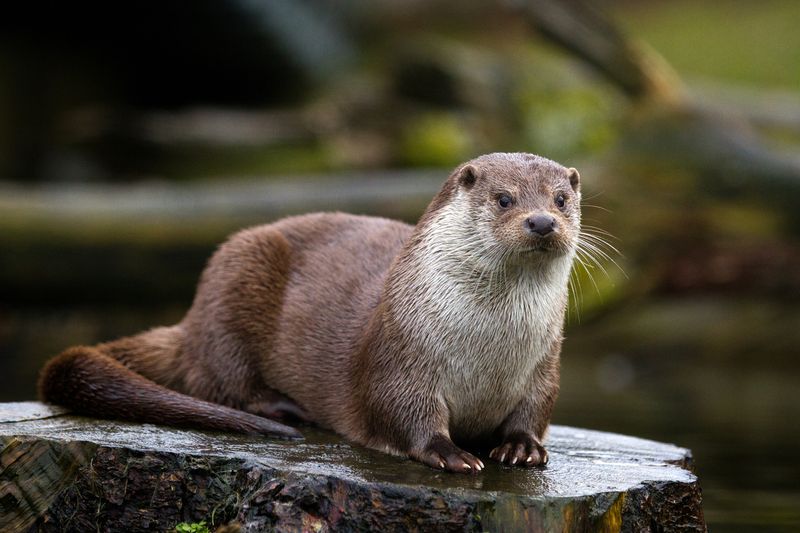
River Otters bring joy and laughter to Vermont’s waterways with their playful antics. These social animals are often seen in groups, sliding down riverbanks or floating on their backs. Their sleek bodies and webbed feet make them excellent swimmers.
Otters play a crucial role in the ecosystem, keeping fish and amphibian populations in balance. Observing them provides insight into their complex social structures and behaviors.
Their playful nature serves as a reminder of the joy found in nature. By protecting their habitats, we ensure that these delightful creatures continue to thrive and enchant all who watch them.
Northern Cardinal
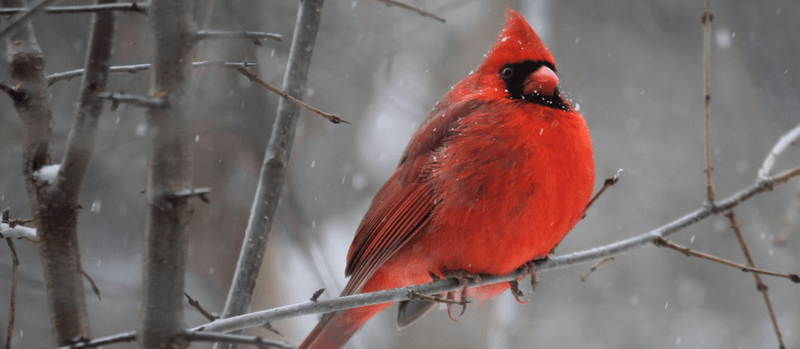
The Northern Cardinal adds a splash of color to Vermont’s winter landscapes. Their bright red plumage and distinctive crest make them a favorite among birdwatchers. Cardinals are often seen perched on snowy branches, creating a stunning contrast.
Their cheerful songs brighten even the coldest days, bringing a sense of warmth and vitality. Observing a cardinal’s behavior offers a glimpse into the adaptability and resilience of wildlife.
These birds remind us of nature’s beauty and the small joys it brings. Ensuring their habitat remains intact is crucial for maintaining biodiversity in Vermont’s ecosystems.
Eastern Newt
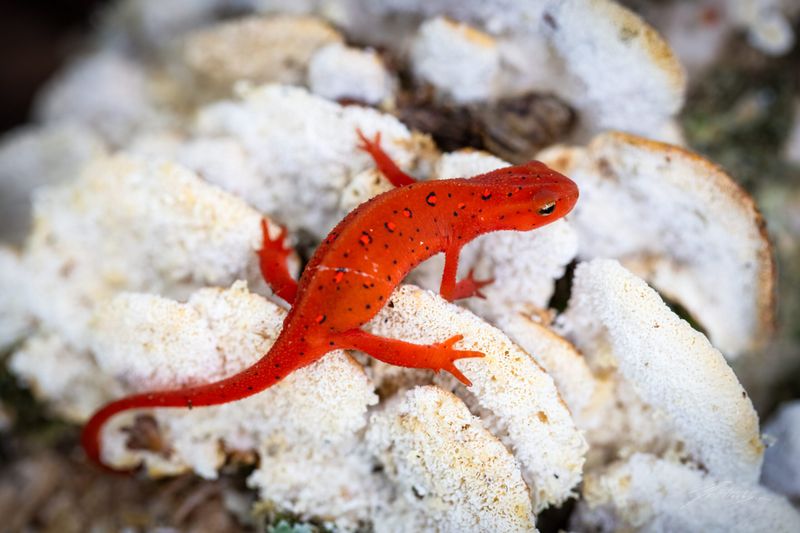
Eastern Newts, with their striking orange hue, are a common sight in Vermont’s forests. These amphibians go through distinct life stages, from aquatic larvae to terrestrial juveniles known as ‘efts.’ Their vibrant color warns predators of their toxicity.
Newts are often found in moist, shaded areas, playing an essential role in controlling insect populations. Observing their life cycle offers insights into the complexity and diversity of amphibian life.
Protecting their habitats ensures these unique creatures continue to thrive, illustrating the delicate balance of ecosystems and the importance of conservation efforts in preserving biodiversity.
Ruffed Grouse
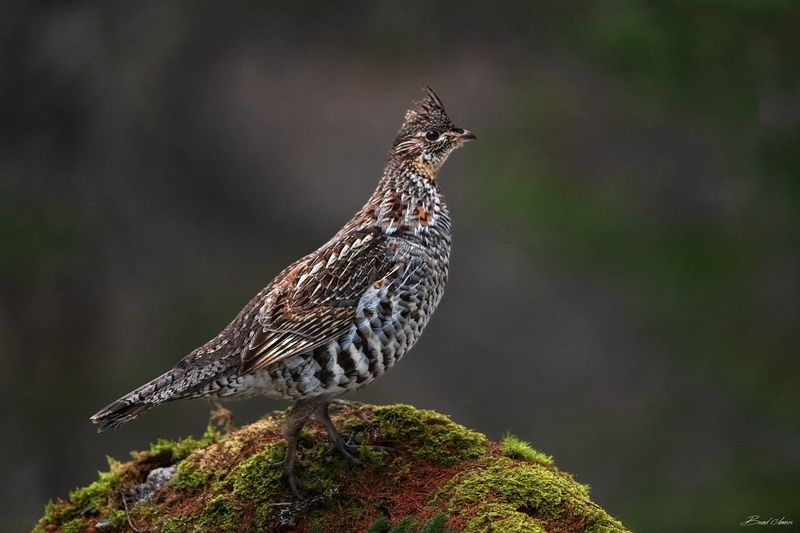
The Ruffed Grouse, with its unique drumming display, is a fascinating resident of Vermont’s forests. Males perform this ritual by beating their wings to create a sound that echoes through the woods. This display is part of their courtship behavior.
These birds are well-camouflaged with mottled brown and gray plumage, blending seamlessly into the underbrush. Observing a Ruffed Grouse requires patience and a keen eye.
Their presence in the forest indicates a healthy, balanced ecosystem. Protecting their habitat ensures the continuation of this intriguing species, enriching Vermont’s natural heritage and offering unique wildlife experiences.
Bobcat
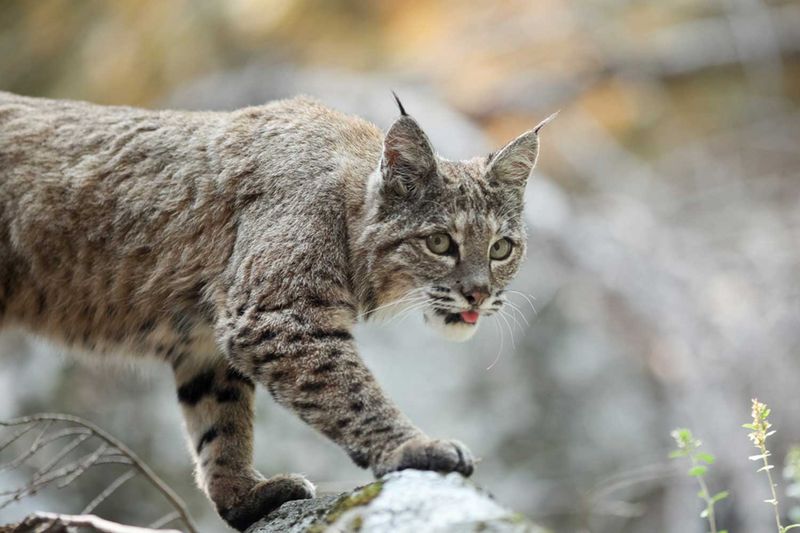
Bobcats are elusive and skilled predators, often unseen in Vermont’s dense forests. With tufted ears and a spotted coat, they are masters of stealth. Their keen senses and agility make them formidable hunters, preying on small mammals and birds.
Spotting a bobcat is a rare and thrilling experience, a testament to the diversity and richness of Vermont’s wildlife. These solitary creatures play a vital role in maintaining ecological balance.
Observing their behavior from a distance provides insight into their secretive world, highlighting the need to preserve natural habitats for future generations to witness such wonders.
Monarch Butterfly
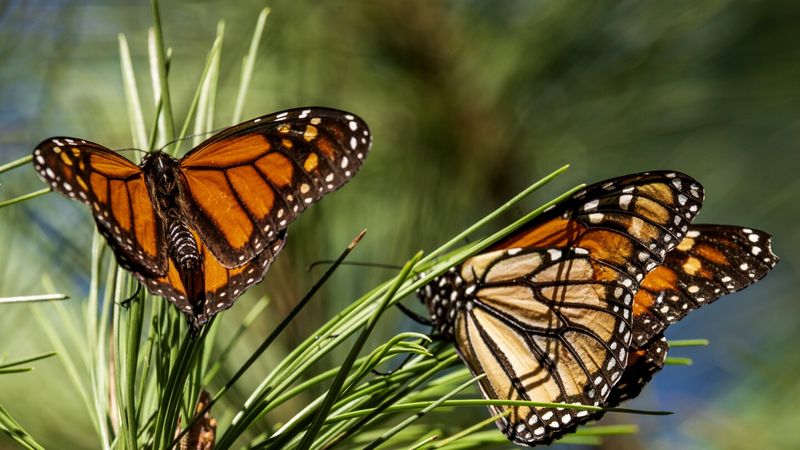
The Monarch Butterfly graces Vermont’s meadows with its vibrant orange and black wings. These butterflies are known for their remarkable migration journey, traveling thousands of miles to reach their wintering grounds.
Milkweed plants are vital for their survival, serving as both a food source and breeding ground. Observing Monarchs fluttering through the fields is a captivating sight, showcasing the intricacies of insect life.
Protecting their habitats and planting milkweed can aid in their conservation. The presence of Monarchs highlights the interconnectedness of ecosystems and the importance of safeguarding pollinator species.
Eastern Chipmunk
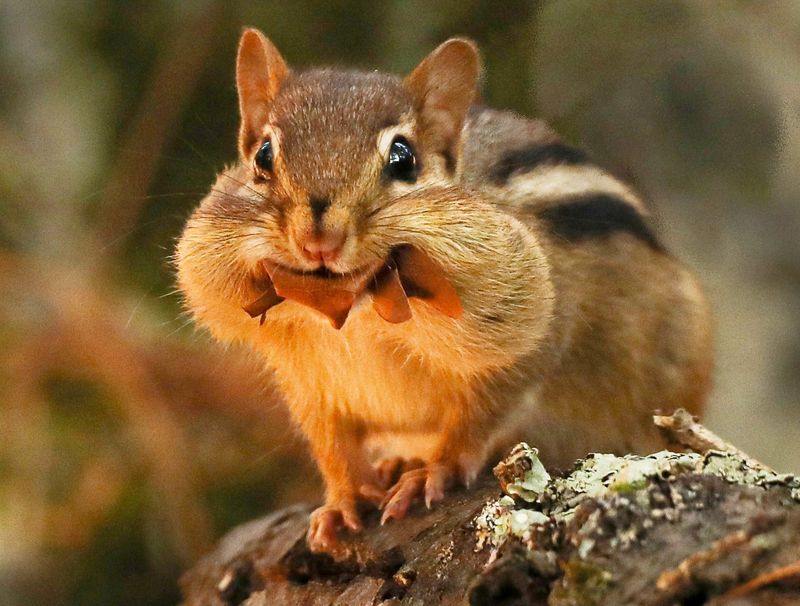
Eastern Chipmunks, with their cheeky demeanor and striped backs, are endearing residents of Vermont’s forests. Often seen scurrying through the underbrush, they gather acorns and seeds to store for winter.
These small mammals play a critical role in seed dispersion, contributing to forest regeneration. Watching a chipmunk fill its cheeks with food is a delightful experience, providing a glimpse into their industrious lives.
Their presence enriches Vermont’s natural landscapes, reminding us of the value of each species in maintaining ecological balance. Protecting their habitats ensures these charming creatures continue to thrive.
Luna Moth
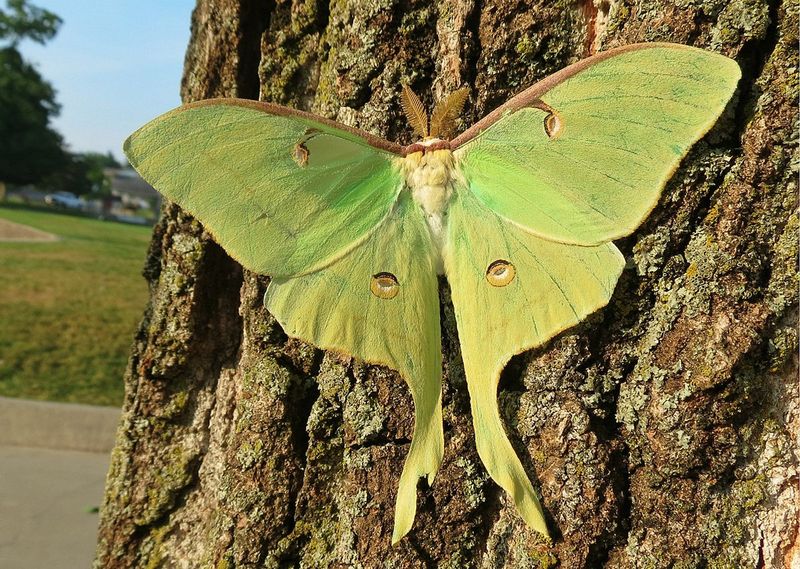
The ethereal Luna Moth, with its pale green wings and long tails, is a nocturnal wonder in Vermont’s forests. These moths are seen during the warmer months, adding a touch of magic to nighttime strolls.
While their adult life is short, lasting just a week, they play a crucial role in the ecosystem. Observing a Luna Moth fluttering among the trees is a mesmerizing experience, highlighting the mysteries of the night.
Their presence is a reminder of the diversity and beauty of insect life, emphasizing the importance of conservation efforts to protect these delicate creatures.
Wild Turkey
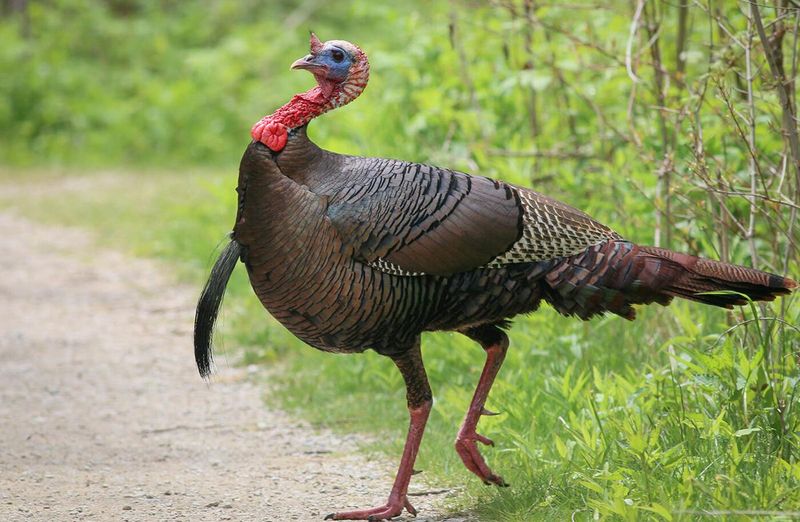
Wild Turkeys, with their iridescent plumage and distinctive calls, are a common sight in Vermont’s fields and forests. These social birds often travel in flocks, foraging for seeds and insects.
Observing their interactions provides insight into their complex social structures. Turkeys play a significant role in the ecosystem, aiding in seed dispersion and pest control. Witnessing a flock move through the landscape is a captivating experience, showcasing the interconnectedness of wildlife.
Protecting their habitats ensures the continuation of this iconic species, enriching Vermont’s biodiversity and offering opportunities for wildlife enthusiasts to appreciate their unique behavior.
Barred Owl
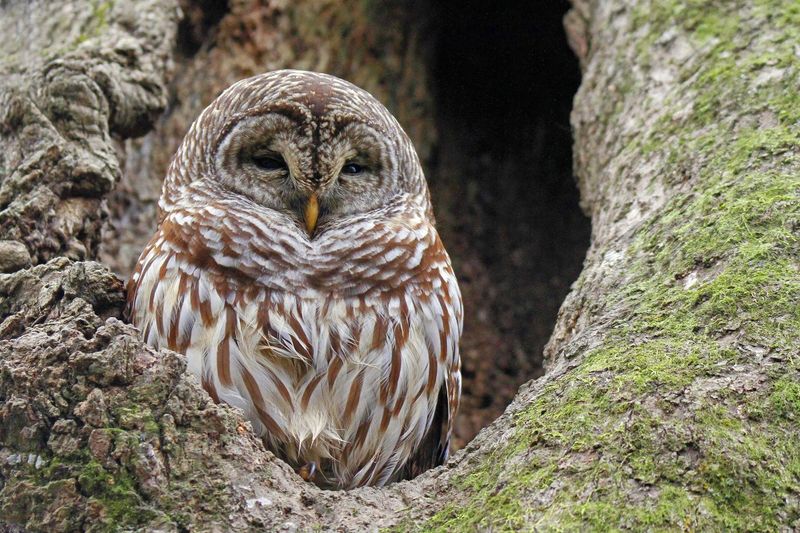
The Barred Owl, known for its distinctive hooting call, is a mysterious presence in Vermont’s forests. These nocturnal birds of prey are often heard before seen, their calls echoing through the night.
With large, dark eyes and rounded faces, Barred Owls are adept hunters, preying on small mammals and birds. Observing one perched quietly in the moonlight offers a unique glimpse into the nocturnal world.
These owls contribute to maintaining ecological balance, highlighting the importance of preserving forest habitats. Their presence enriches the woodland experience, providing unforgettable encounters with Vermont’s natural wonders.
Eastern Bluebird
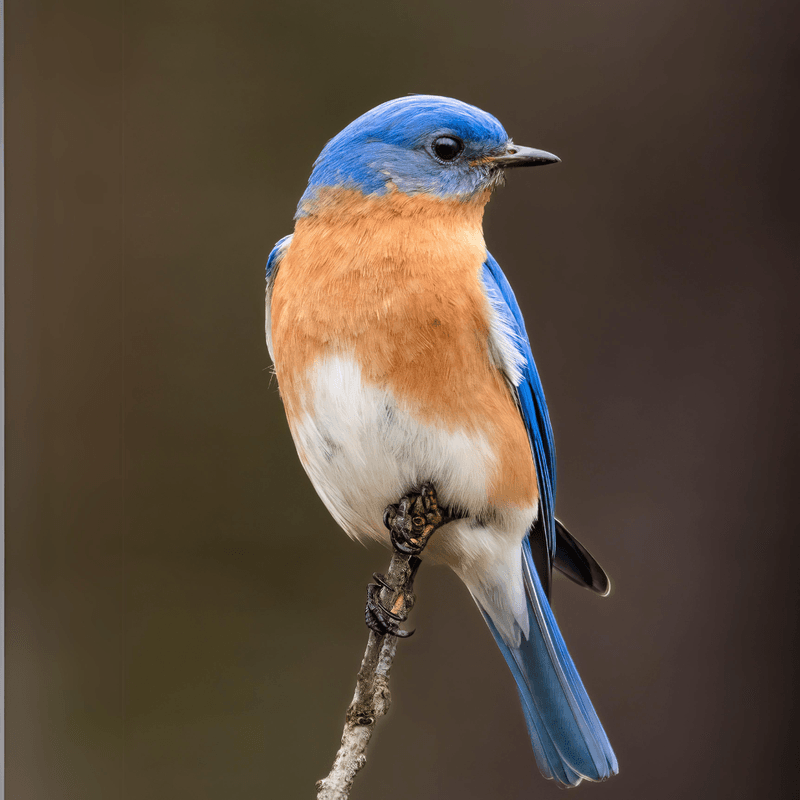
Eastern Bluebirds, with their striking blue and orange feathers, add vibrant color to Vermont’s open fields. These small, social birds are often seen perched on fence posts or flitting between trees.
Bluebirds play a vital role in controlling insect populations, benefiting agriculture and natural ecosystems. Observing their cheerful behavior and listening to their melodious songs bring joy to anyone exploring the outdoors.
Ensuring their habitats remain intact is crucial for sustaining their populations. The presence of Eastern Bluebirds enhances Vermont’s natural beauty, reminding us of the diverse avian life that thrives in this region.

